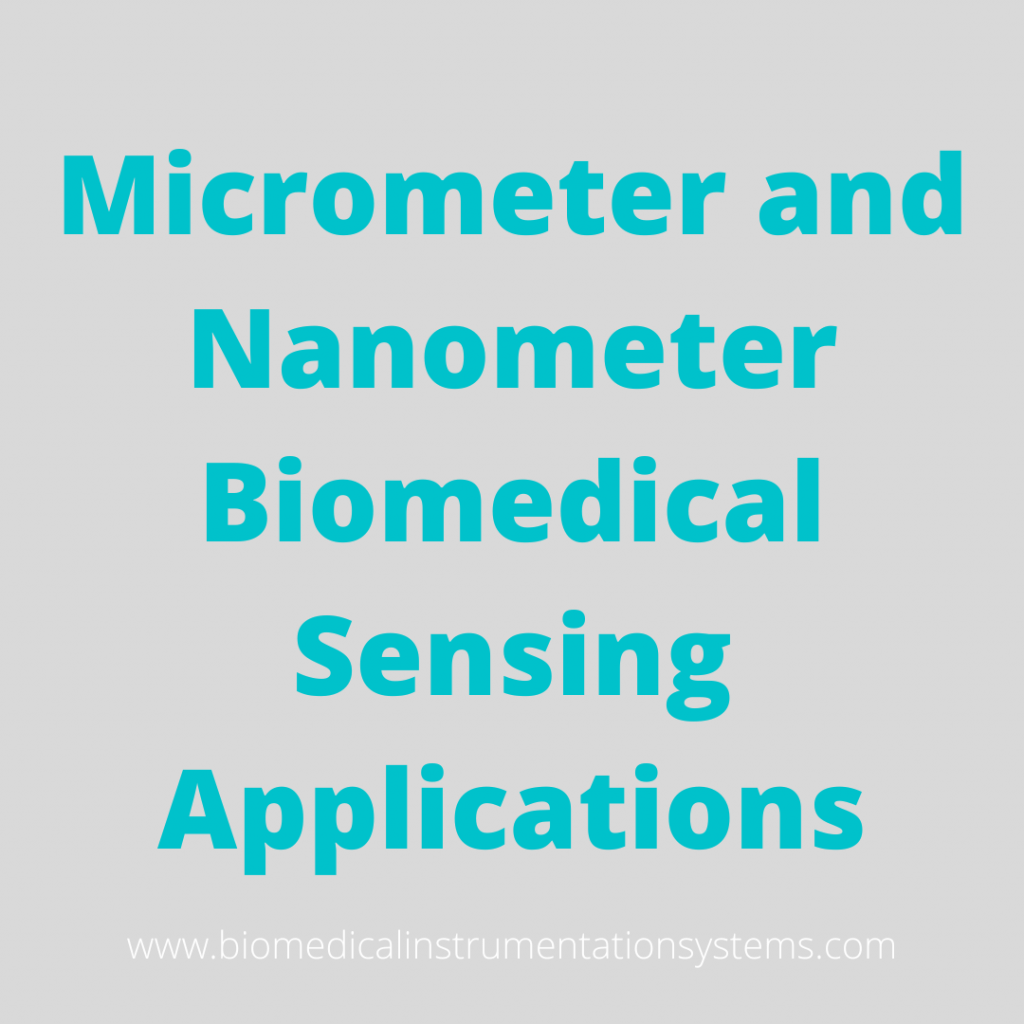The advancements in microtechnology and, in particular, nanotechnology are transforming the fields of biosensors, prosthesis & implants and medical diagnostics. In medical diagnostics, these devices are being employed in combination with optical biosensing for external, lab-on-a-chip, high throughput screening for analysing blood and other samples. Several companies and researchers are developing optically based nanotechnology applications that can be used inside the body for cancer diagnosis and therapy.
Case in point, the nanotechnology employed in biomedical optics called quantum dots. Quantum dots are devices capable of confining electrons in three dimensions in space small enough that their quantum (wave-like) behavior dominates over their classical (particle-like) behavior. At room temperature, confinement spaces of 20 – 30 nm or smaller are typically required. Once the electrons are confined, they repel one another, and no two electrons can have the same quantum state. Thus, the electrons in quantum dot will form shells and orbitals highly reminiscent of the ones in the atom, and will exhibit many of the optical, electrical, thermal, and chemical properties of an atom.
Quantum dots can be grown chemically as nanoparticles of semiconductor surrounded by an insulating layer nearly colloidal in nature. These particles can also be deposited onto a substrate such as a semiconductor wafer patterned with electrodes, or they can be crystallized into bulk solids by a variety of methods. Either substance can be stimulated with electricity or light e.g. lasers in order to change its properties. Basically, when you excite a quantum dot, with one wavelength, depending on the size of the dot, it will emit (fluoresce) at a narrow-band longer wavelength. The size-dependent behavior allows them to be used for multiplexing, since a single wavelength can be used to excite the different-sized quantum dots to produce multiple wavelengths within a sample.
Related: How Liquid Crystal Sensors are used in Biomedical Measurements
One application of quantum dots in the biomedical field is to probe living cells in full color over extended period of time. Such a technique could reveal the complex processes that take place in all living organisms providing unique details such as the development of embryos.

The existing imaging techniques use natural molecules that fluoresce such as organic dyes and proteins that are found in jelly fish and fireflies. However, each dye emits light over a wide range of wavelength, which means that their spectra overlap, and this makes it cumbersome to use more than three dyes at a time in order to tag and image different biological molecules simultaneously. The fluorescence of dyes also tends to fade away quickly overtime whereas semiconductor nanocrystals – quantum dots – can avoid these problems. Besides being brighter and lasting longer than organic fluorophores, quantum dots have a broader excitation spectrum and thus, a mixture of quantum dots of different sizes can be excited by a light source with a single wavelength, allowing simultaneous detection and imaging in color.
Find out more about: Fingertip Pulse Oximeter Blood Oxygen Saturation Monitor
Related: Blood Glucose Sensors
In addition to using fluorescent quantum dots, these nanoparticles can also be made of various materials for example, metal nanoparticles like gold or silver that can be used with Raman spectroscopy to produce an effect known as surface enhanced Raman spectroscopy (SERS) which give rise to signals a million times more sensitive than regular Raman signals. These metal nanoparticles can be injected into cancerous tissues and used as absorbers that when hit with infrared light will absorb the energy, heat the cancerous tumour and kill it. Note nanotechnology is a field still in development and therefore more work and research is being done.

Leave a Reply
You must be logged in to post a comment.